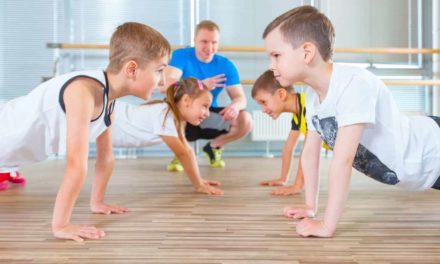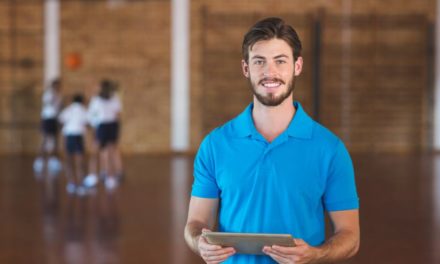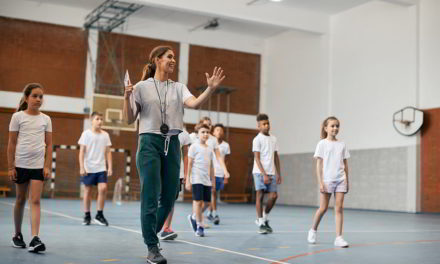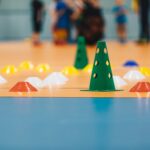All teachers have a range of responsibilities including educating, safeguarding and mentoring students. But do PE teachers have an additional responsibility to encourage participation in physical activity outside of school hours?
Research studies show that students who are more physically active perform better in school due to their higher levels of energy and concentration. Every teacher has a role to increase participation in their subject area but for PE teachers, this focus on participation should extend beyond the school gates.
For most children, PE is the only time in their week that they spend exercising and being physically active. This places a responsibility on the PE teacher to encourage student participation as much as possible.
A study conducted in 2010, found that 55% of students from years 1-13 took part in 3 hours of PE a week, either in lesson time or extracurricular activities. From the same study, the average weekly time that PE was being taught in the curriculum was 127 minutes for primary and 107 minutes for secondary schools.
This shows that the students who were achieving over three hours of physical education per week were supplementing their school-time PE lessons with extracurricular activities.
However, if PE teachers do not offer any extracurricular activities for their students, that average weekly participation figure will drop. A PE teacher’s extracurricular involvement can be as in-depth as organising the football/ netball/ rugby etc. teams and fixtures, or simply monitoring student-led activities.
Anything that offers students the opportunity to raise their sporting participation levels should be considered an integral part of the role of a PE teacher.
A simple but effective method of increasing participation in sports can just be to offer encouragement to students who do not believe in their own abilities. PE teachers can also offer more practical advice to students who wish to take part in a sport but lack knowledge of the sport and how to get started.
Talking to these students, finding out about their preferred sports and what they want to achieve, can help identify a suitable level of physical activity and the appropriate sports to introduce as extracurricular activities.
A student may have a hidden talent for a sport, however if there is no after-school club for them to practice that sport then it is much harder to nurture that talent.
There may also be students who want to take part in certain sports in school but lack the ability or are disabled. Is it still the role of the PE teacher to make sure that they are also able to participate?
The short answer is ‘yes’. A role should be found to allow those students the opportunity to participate in some capacity. They could help run a club or coach a team, or even be an official in a game.
Engaging students who are less physically able to participate in a sport by given them other responsibilities within the structure of the game can encourage them to explore the limits of their abilities in the future.
It is widely accepted that girls have a much higher PE dropout rate post 16 (post year 11) than boys do of the same age. There are a number reasons that contribute to the high dropout rate for girls (peer pressure, body image issues, lack of suitable activities, etc) however, the earlier students take up a sport, the more likely it is that they will continue to play that sport for longer – potentially for the rest of their lives.
If girls can therefore be encouraged to play sport at a younger age, lifelong participation in sporting activities is a real possibility.
PE teachers should be role models to their students in a number of ways: how they speak and encourage others; their own behaviour and attitude towards physical activities; their organisational and management skills; their own physical fitness. A physically active PE teacher has the ability to inspire their students to be as active as they are.
A PE teacher with in-depth knowledge of participating in a sport can share their own experiences with their students and demonstrate techniques and skills to encourage greater student participation.
There are national sporting initiatives which are in place to help improve and maintain a high standard of participation throughout the country.
These initiatives include those implemented by Sport England, Youth Sports Trust, and PESSCL (Physical Education, school sport club links) and are all aimed at improving sporting participation either through the curriculum or outside of the curriculum.
PESSCL, in particular, looks at building stronger ties between schools and local sports clubs as a way of creating a two-way link to help increase participation.
PE teachers play a significant role in raising sporting participation levels across all age groups. Although the government has outlined that every student should get 2 hours of high quality PE a week, one of the many roles that a PE teacher has to perform on a daily basis is to encourage and improve participation whenever possible.









